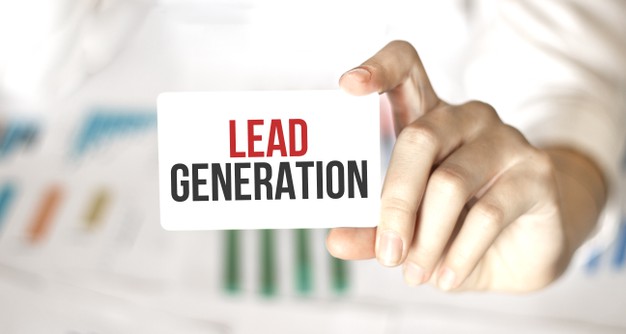
In June last year, we wrote about the impact of the pandemic on B2B sales. As India slowly recovers from a severe second wave of the pandemic, we look at it’s impact on B2B buying through our B2B lead generation lens.
Organizations were better prepared to manage remote working
Unlike last year, organizations were much better prepared to handle lockdowns & remote working. The infrastructure for remote working was well in place. In fact, most people were either completely or partially working from home since last year. Several organizations in fact were also hiring, onboarding and training employees remotely without a single face to face interaction.
Even businesses which required physical presence like manufacturing, real estate had established protocols including testing, isolation etc. to keep business going.
Overall most organizations had well defined contingency plans to ensure business continuity.
Clients and prospects had also gotten used to the idea of interacting over video conferencing. Increasing comfort with video conferencing tools like zoom, teams, meet etc. has meant prospects are more keen on connecting with sales reps over video conferencing than meeting face to face.
Over 90% of meetings in our B2B lead generation campaigns are conducted virtually now.
In spite of better preparedness, business activity slowed down
In spite of having this infrastructure in place, business activity slowed down during the second wave. As cases rose, more and more employees were either themselves affected by the virus, had a close one who was affected or were trying to help someone in their circle.
The struggle of finding beds, tests, medicines etc. or just making arrangements for people drained people out. Coordinating for vaccines took a further toll on people. It was nearly impossible for sales reps to talk business and advance deals in such an environment.
The uncertainty of the pandemic also meant people were frequently unavailable and meetings had to be rescheduled or cancelled. Physical meetings wherever required had to be held off.
This led to slower decision making, longer sales cycles and a dip in sales volumes.
We saw a 30% increase in meetings rescheduled or cancelled in our B2B lead generation campaigns. Average meetings in April & May were 15% below Q1 average.
Scale of the second wave has dampened sentiments significantly
The scale of the second wave was unanticipated and took everyone by surprise. While business as usual continued, this has had a deep impact on the sentiment and future outlook for both individuals as well as organizations. New purchases are worst affected as businesses postpone discretionary spends till they have more clarity. Talks of a third, fourth wave hasn’t helped the cause with businesses still unsure of medium term business prospects.
As cases subside, we expect things to pick up gradually. Products that provide immediate measurable topline or bottomline benefit will pick up faster. Pricing models which allow for lower ticket sizes, smaller commitment periods are likely to be finalized sooner.
Here’s a snapshot of our SAAS lead generation campaigns across functions:
| Function specific SAAS solutions | Change in leads generated (Apr- May vs Q1) |
|---|---|
| Admin | -38% |
| HR | -17% |
| Procurement | -14% |
| Marketing | -8% |
| Finance | 1% |
| Operations | 2% |
| Finance | 2% |
| Sales/ Business development | 3% |
Cash conservation by organizations has impacted deal volumes and payment terms
The most worrisome impact of the second wave in B2B sales has been in pricing & payment terms. Organizations are looking to conserve cash and this has meant a relook at all spends and reallocations.
There are two broad trends that we observed. In inventory and fixed cost heavy businesses, we’re seeing a steep cut in prices as organizations compete to win the few available opportunities. The pressure on margins in some sectors is unsustainable in the long run and will prevent organizations from investing further.
We’re also seeing organizations aggressively renegotiating payment terms or in some cases delaying payments beyond the promised payment terms. Small businesses are facing a challenge in managing their working capital amid high interest costs and reduced margins.
The speed of business recovery will depend on how quickly large organizations gain confidence and ease payment terms for the entire supply chain.
Questions on pricing and payment terms went up by 32% in the April – May period.
B2B sales has an uphill task over the next couple of months, opportunities
Deal volumes will take time to recover. Unlike B2C which has sizable impulse buying, B2B businesses cannot rely on pent up demand to immediately address their deficit.
While deal volumes might be low in the short term, this is a great opportunity for sales reps to build their top of the funnel. As things ease, buyers have begun evaluating solutions for future purchases. Sales reps & organizations who are able to get into more conversations at this stage are likely to benefit in the medium and long term.
At Sales Design Institute, we help you get a foot in the door of mid to large enterprises. If you feel we can help you with your sales development, please reach out to us here and we’d be happy to share our approach.

If you need our help in Sales Development, please write back to me at saurabh@salesdesign.co.in
For more information B2B Lead Generation Get in touch



